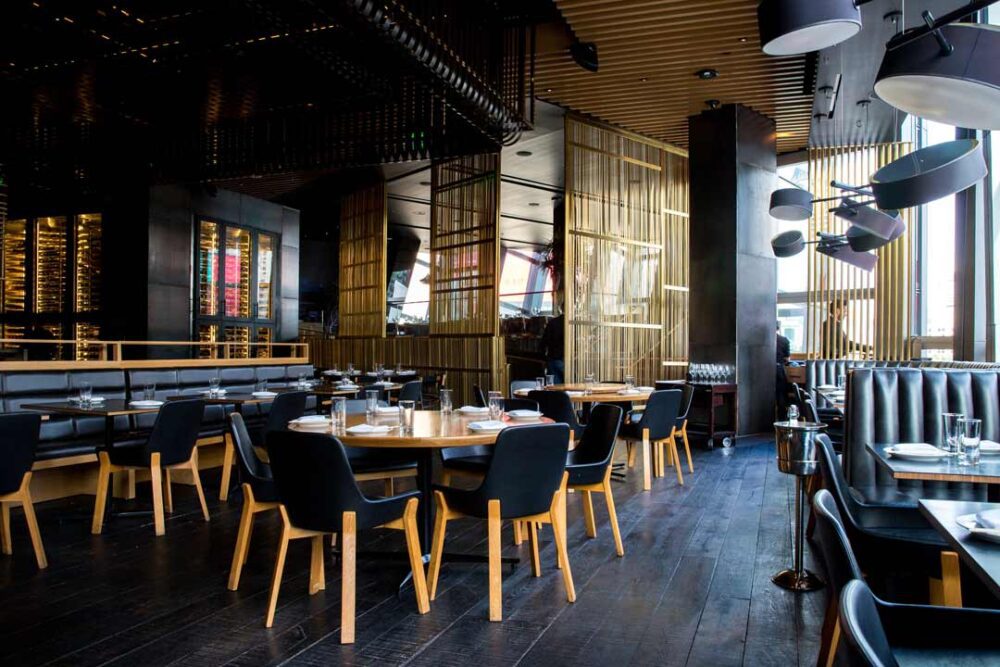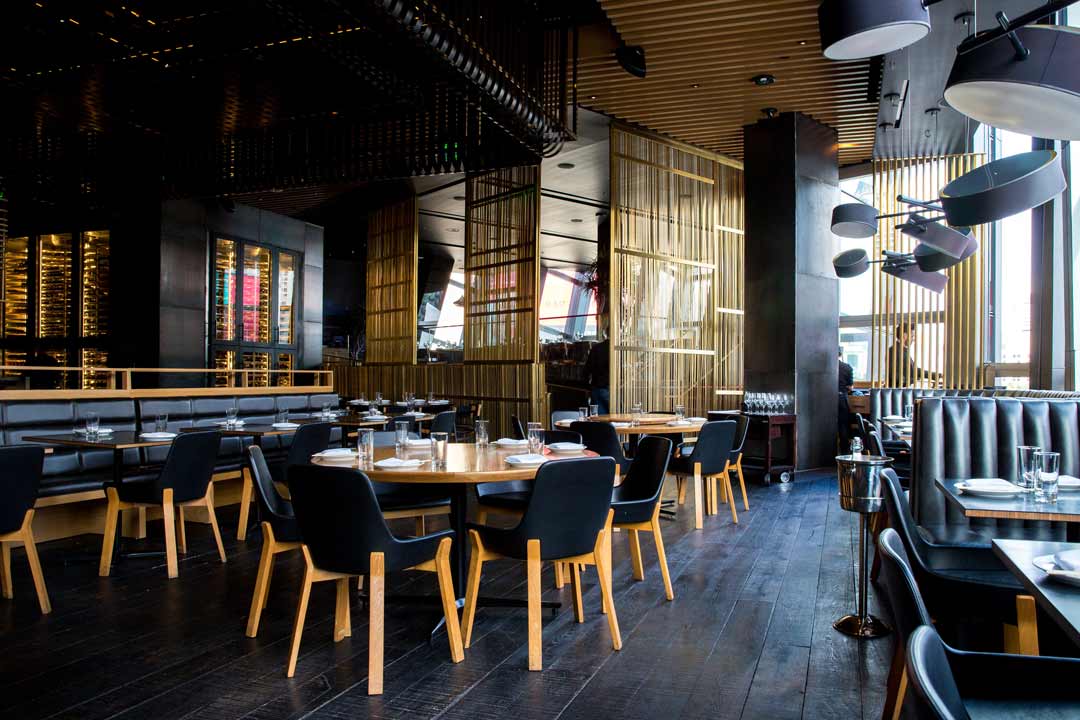Sustainability should be a core principle in any business strategy, especially in the food and drink industry. Many businesses are now aiming for carbon neutrality in line with the UK government’s Net Zero policy.
In this article, we’ll discuss how you can decrease your carbon footprint and improve sustainability in all areas of your restaurant.

Reduce food and water waste
Proper inventory management will help to reduce food waste. You’ll be purchasing less food overall when you use all of your inventory, so it’s important to carry out regular checks and be aware of what you’ve already got in storage. This can also be useful in bringing down your overall inventory costs.
Conserving water is incredibly important, too, so be sure to implement this in your restaurant. Turn off taps when they’re not in use or consider investing in motion-activated faucets to use only the water that you need. Additionally, consider installing low-flush toilets and taps in customer bathrooms.
Energy-efficient equipment
The production of energy is a huge contributor to greenhouse gas emissions. Upgrading your existing kitchen and food manufacturing equipment to more sustainable, energy-efficient models can make a huge difference, reducing the amount of carbon dioxide released into the atmosphere.
As more and more businesses look to incorporate renewable energy sources, it’s becoming more common for restaurant insurance policies to offer cover relating to those transitions.
Use sustainable packaging
If your restaurant or food business offers delivery or takeaway services, consider looking into sustainable, biodegradable packaging materials that can be recycled or composted. Aluminium is a good option for takeout containers, as well as unsoiled paper and cardboard.
You can even make your deliveries more sustainable by using eco-friendly bikes, scooters or electric vehicles. Not only are these more affordable to run but you’ll be doing your bit for the environment, too.
Change your ingredient supplies
Try to source your ingredients locally where possible. While it’s tempting to enjoy fast shipping and simple trade from imported ingredients, our planet won’t be reaping the rewards. Using locally grown foods produces fewer emissions, and your customers will be sure to appreciate it, too.
Meat production in the agricultural industry contributes to 60% of generated emissions. You can help to reduce this by including more plant-based options on your menu and reducing your meat content.
You don’t have to cut out meat entirely but implementing small changes can make a big difference. Beef produces the highest amount of emissions, so removing this from the menu could be a good place to start.




















